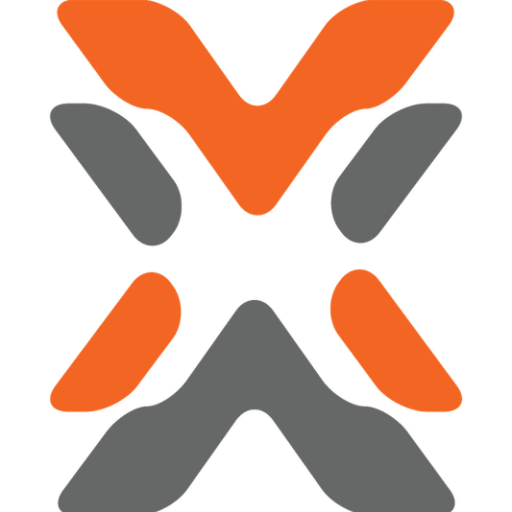Nicole Done has over 25 years of workingin the neurodiversity space and currently leads Xceptional’s neuro-inclusive initiatives to achieve the overall vision of unlocking neurodivergent potential for exceptional workplaces. In this three part series, Nicole shares best practices for nurturing Neurodivergent talent in the workplace, the crucial point following the recruitment process – beginning with Onboarding for Success.
Part One navigates the evolving landscape of neurodiversity in corporate onboarding. Nicole shares the ‘do’s’ and ‘don’ts’ of introducing a neuro-diverse employee into a team environment. With a transformative shift from a deficit model to a strengths-based approach, a key focus on empowering you, as an employer, to initiate neuro-inclusive onboarding practices, cultivating a positive and inclusive work environment that maximises the potential of every team member.
The Prevalence of Neurodiversity in the Australian Workforce
In the ever-evolving landscape of the Australian workforce, a remarkable 15% identifies as neurodivergent, highlighting a real need for a strategic and inclusive approach to workplace dynamics. This is not merely a compliance and diversity measure; we are at the gateway to unlocking talents, ideas, and innovative problem-solving approaches.
Traditionally, neurodivergent individuals have often been perceived through the lens of a deficit model, focusing on the challenges they pose in a work environment. However, modern workplaces demand a perception shift towards what is referred to as a strengths-based approach. Organisations that are leaning into this approach are leveraging their neurodiverse employees’ creative and unique problem solving skills, attention to detail, among many other extremely valuable traits, enhancing the overall dynamic of their teams.
Employers that are hyper-focused on the importance of strategically investing in neuro-inclusive recruitment practices are setting themselves apart, as leaders in People & Culture practises as well as within their business operations. This newfound openness has been seen to directly correlate to improved employee well-being, heightened productivity, and enhanced retention rates, creating a positive workplace culture.
The key to a smooth transition
When onboarding neurodivergent employees, the key to a smooth transition lies in understanding and respecting their preferences. While it’s important to acknowledge their neurodiversity, it is imperative to consider the uniqueness of each individual’s experience. Moreover, respecting the privacy of neurodivergent employees is paramount. Obtaining consent before sharing their identity with the team is not only a sign of respect but a commitment to the ongoing relationship of openness and authenticity.
As with any employee onboarding process, introducing neurodivergent team members to colleagues is a pivotal moment in fostering inclusivity. Xceptional has a carefully crafted email template to set the tone for a positive and welcoming introduction, encouraging collaboration and understanding. It establishes the foundation for an inclusive workplace where diverse talents are not only recognised but celebrated.
Recognising the need for this proactive approach, Xceptional provides an emphasis on the importance of neuro-inclusion training. Upskilling teams in neuro-inclusive practices is the cornerstone of building a workplace that is not only diverse but also supportive and productive. Understanding neurodivergence nuances and fostering a culture of inclusivity ensures that every team member feels valued and understood.
We invite you to download our FREE Onboarding for Success Checklist, and keep an eye out for Part 2: Embracing Neurodiversity: Personalising Onboarding. Onboarding for Success download here.


